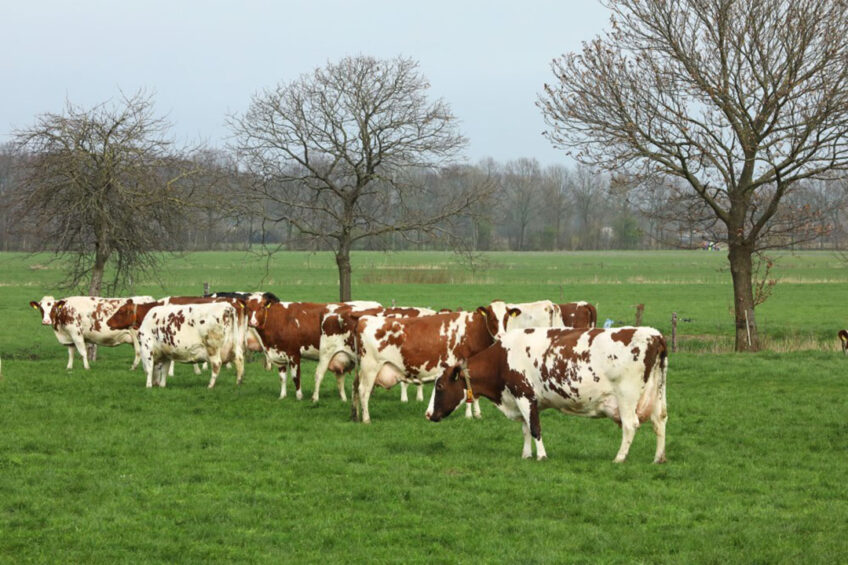Sustainable grazing management of dairy cattle

Improved knowledge of sustainable grassland management is necessary to balance competing demands including food production, livelihoods, and ecosystem services.
Grasslands make up approximately 26% of the earth’s land surface and 80% of agriculturally productive land. These areas are an important source for maintaining biodiversity and livelihood. Grasslands are used for livestock production. which has a significant role in the economic development of rural communities worldwide.
In addition, as the worldwide population grows, the global demand for meat and milk enhances. The dairy industry is therefore required to increase herd productivity. Access to high-quality forage and optimal nutrition during the growing season determines growth rate and reproductive performance of dairy cattle.
However, grasslands are at risk of decline from conversion to agricultural crops and industrial uses. Thus, improved knowledge of sustainable grassland management is necessary to balance competing demands, including food production, livelihoods, and ecosystem services.
Grazing management systems
Grazing management systems include all production systems using the grassland through grazing. These management systems are developed to control grazers and grazing lands to maintain and recover ecosystem structure and function while attaining social, cultural, and economic goals.
The impact of continuous grazing
Continuous grazing in large paddocks leads to patch grazing and resource deterioration in localised areas. Dairy cattle grazing in large paddocks usually displays repetitive patterns as they heavily use preferred patches and avoid or lightly use other patches.
Patch-selective grazing process leads to an effective stocking rate on heavily used patches. However, the lightly used patches have a much lower stocking rate, which is undesirable for the area as a whole. Furthermore, during droughts in the overgrazed patches, plant vigour decreases, and desirable plants die, which enables less desirable species and weeds to grow in vacated spaces.
Rotational grazing system
A rotational grazing system comprises interchanging periods of use and rest to promote vegetation growth. In this system, several paddocks are delineated within ranches to space out dairy cattle grazing intensity uniformly across the grassland.
In this grazing system, during the rest period, the grassland productivity and desired species composition will sustain; however, there is a concern that forage may lose digestibility and nutrient concentration as it matures during rest periods.
Managing for the desired outcome
Sustainable grazing management is based on understanding different land use and the impact of environmental, social, ecological, and economic factors on ecosystem dynamics. The following steps need to be ensured to achieve sustainable production.
- Set up planned grazing to accomplish environmental goals,
- Plan adequate growing season deferment to improve range condition,
- Allow adequate grassland recovery by grazing grasses and forbs for a short period,
- Match forage availability and dairy cattle numbers in wet and dry years,
- Control dairy cattle distribution in grassland and prepare a buffer area for grazing,
- Organise financial planning to improve work efficiency and increase profitability,
- When possible, use multiple livestock species.
Conclusion
Dairy producers need to understand that the application of a rotational grazing system in small paddocks for large, dense herds may compromise nutrition by enhancing competition for forage and decreasing adaptive foraging movements. In addition, the economic viability of grasslands may be affected by the installation and maintenance costs of fencing numerous small paddocks across a ranch.
Therefore, sustainable grazing management systems need to consider the effect of grazing management methods on ecological sustainability, economic sustainability, and biological sustainability.






